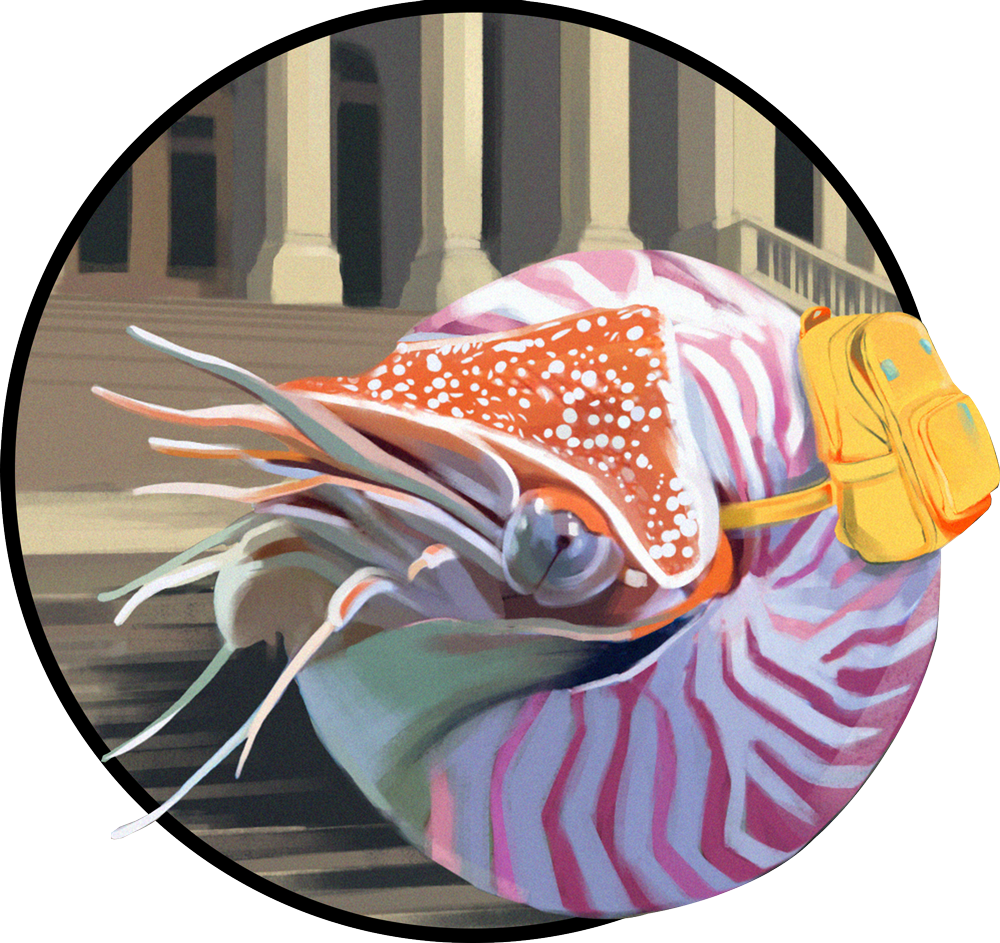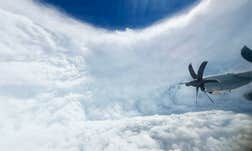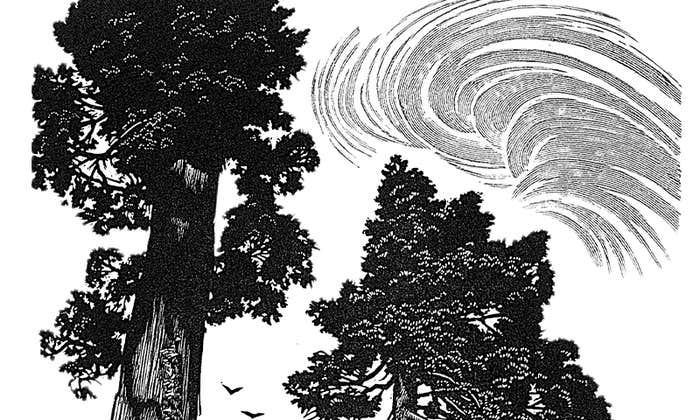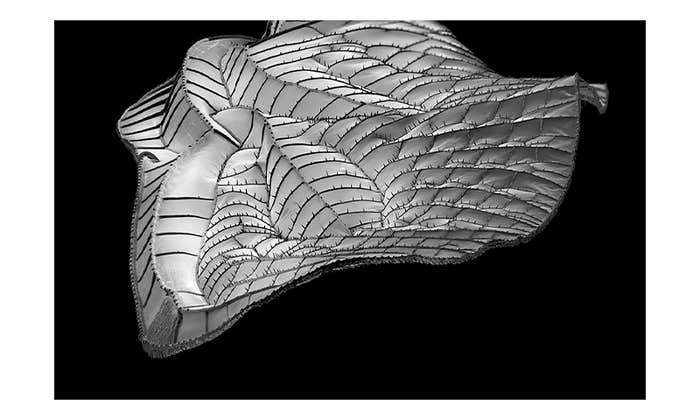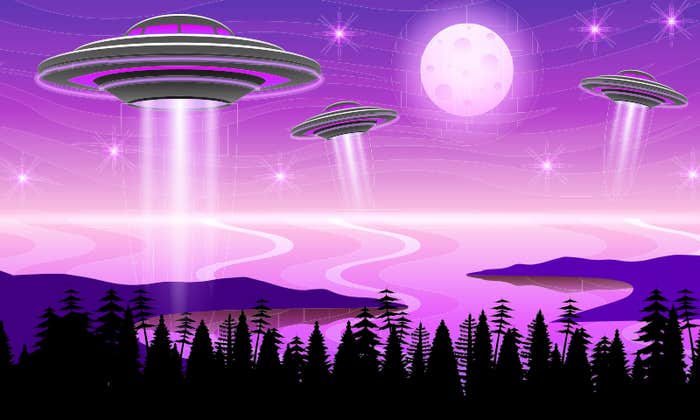
It’s often assumed that Earth is somehow separate from the rest of the universe. Yet changes in environments across the solar system have profoundly influenced the history of humanity.
Beginning in the 14th century, the sun’s activity repeatedly slumped for decades at a time. When these slumps coincided with clusters of volcanic eruptions, waves of cooling, and some places drying, swept across the Earth. The consequences included harvest failures that destabilized some of the era’s greatest empires. People around the world started to suspect that climate could change—centuries before the onset of human-caused global warming.
In the 19th century, the expanding use of electricity allowed another kind of solar activity to influence human affairs: violent flares and plasma ejections caused by immense disturbances in the sun’s magnetic field. In the 20th century, radio waves created by these flares repeatedly jammed military radar, nearly sparking a nuclear war. Currents generated by solar plasma also brought down electrical grids and disabled satellites.
Changes in planetary environments have also influenced history, often in surprising ways. Nineteenth-century astronomers misinterpreted dust storms on Mars, for example, as evidence of a world-straddling alien civilization. This “discovery” of alien life was a popular sensation—especially when the Martians repeatedly appeared to send a signal to Earth. Then, during the Apollo moon landing program, trailblazing women at NASA created a global network of astronomers that uncovered evidence for eruptions on the moon. These eruptions seemed to endanger astronauts. But they also promised to provide fuel for a new era of interplanetary exploration.

Some believe that space exploration distracts us from more urgent issues on Earth. But, in fact, astronomers and other space scientists discovered many of today’s urgent threats to human existence.
The ozone layer, for example, is a veil of gas in the stratosphere that protects life on Earth from deadly solar radiation. In the 1970s, studies of chemical reactions in the atmosphere of Venus helped establish that chlorofluorocarbon (CFC) gases then widely used in refrigerators and spray cans had opened an expanding hole in the ozone layer. Nations agreed to ban CFCs in the following decade. Had they not acted, the hole would have spread until it covered the Earth, devastating ecosystems and imperiling human survival.
Space exploration helped reveal another, equally serious threat at about the same time. In 1971, the Mariner 9 spacecraft arrived at Mars just as an immense dust storm encircled the planet. By studying the effects of suspended dust on Martian temperatures, scientists came to suspect that soot launched into Earth’s atmosphere during a nuclear war would also cool our planet. Eventually, they found that nuclear war would lower global temperatures to such an extent that it could be impossible for the remnants of humanity to recover. In the 1980s, the discovery of this potential “nuclear winter” motivated American and Soviet leaders to reduce Cold War tensions and work towards arms control agreements.

Scientists, corporations, and governments have treated cosmic environments as though they lack innate value and can be transformed at will. Today, we are entering a new space age marked by a scramble for resources and territory across the solar system. We need a cosmic environmentalism that both focuses space exploitation on the needs of Earth and preserves environments on other worlds.
At the dawn of the space age in the 1950s, Soviet and American officials developed plans to detonate a nuclear bomb on the moon. The flash, they thought, would overawe global audiences—and irradiate part of the moon. Their plans turned out to be impractical, but both the Soviet and American militaries did explode nuclear bombs in outer space, briefly creating radiation belts that disabled satellites.
At the same time, they failed to adequately sterilize spacecraft sent to the moon and perhaps to other worlds, allowing bacteria from Earth to reach new planetary environments. Scientists meanwhile developed plans to transform the climates of Mars and Venus, by for example deliberately introducing microorganisms that could thrive in hostile environments. Both planets would grow more habitable for human settlers, but toxic for any lifeforms that had evolved there.
The multiplication and growth of space companies and agencies with revolutionary technologies seems to be creating a new space age distinguished by the exploitation of cosmic environments. There are plans to melt ice at the moon’s south pole, settle Mars, and even mine asteroids. But despite claims to the contrary, we have not found any Planet B in the solar system—no place that matches Earth’s web of life.
What, then, should the new space age look like? I believe it should focus on altering the lifeless environments around Earth in ways that could help to ease humanity’s burden on the environments on Earth. Solar power stations in space, for example, could be built out of lunar material. They could beam limitless clean energy to Earth, slowing the pace of global warming. If that warming starts to spiral out of control, a swarm of tiny spacecraft—or even a redirected asteroid—could reduce a small share of incoming solar radiation, cooling the Earth.
Environmental changes in outer space have shaped history. It’s time we consider how to make some changes ourselves to safeguard the future. ![]()
Enjoying Nautilus? Subscribe to our free newsletter.
Lead image: Stockbym / Shutterstock


















